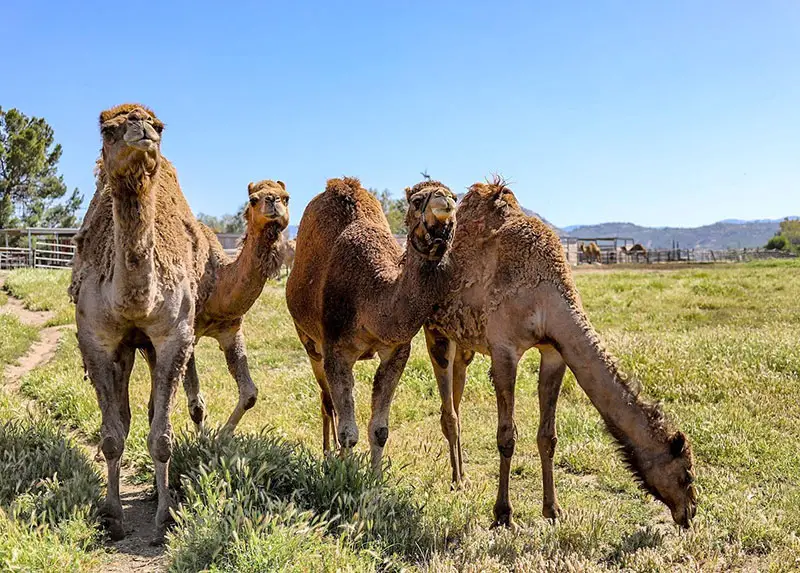Hedgehogs, those adorable bundles of prickles with inquisitive snouts, have captured hearts for centuries with their charm and unique characteristics. Beyond their nocturnal foraging and spiny defense mechanisms, these fascinating creatures exhibit a complex social life, making their group behaviors as intriguing as their individual traits. By delving into the diverse collective nouns used to describe groups of hedgehogs, we embark on a journey beyond the “prickle,” exploring their social dynamics, ecological significance, and the challenges they face in our changing world.
Collective Nouns For Hedgehogs
While “prickle” reigns supreme as the most common term for a group of hedgehogs, signifying their defensive posture and spiky exterior, other terms paint a more nuanced picture depending on the context:
- Prickle: This term evokes a sense of protection, shared purpose, and potential intimidation. It signifies a group of hedgehogs huddled together, their quills raised in a defensive posture. The image it creates is one of a spiky ball, showcasing their reliance on their prickly armor and their ability to present a united front against threats.
Example: As the owl swooped down from the night sky, the prickle of hedgehogs instinctively curled into tight balls, their quills bristling defensively, highlighting their reliance on their spines for protection.
- Array: This term evokes a sense of order, dispersion, and individual exploration. It signifies a group of hedgehogs spread out, each engaged in individual activities like foraging or searching for mates. The image it creates is one of a loosely connected group, exploring their surroundings with a sense of independence, yet maintaining awareness of each other.
Example: Under the gentle glow of the moon, an array of hedgehogs meticulously sniffed their way through the undergrowth. Their movements were purposeful, yet individual, reflecting their solitary nature while acknowledging the potential benefits of remaining within a loose social group.
- Bed: This term, with its connotations of comfort and shared space, signifies a group of hedgehogs curled up together, often in a nest or burrow. It evokes a sense of warmth, social bonding, and shared resources. The image it creates is one of a cozy cluster of hedgehogs nestled together, showcasing their need for companionship and warmth, particularly during colder months.
Example: As the first rays of dawn peeked through the leaves, a bed of hedgehogs emerged from their burrow. Their fur was ruffled, their bodies intertwined, highlighting the importance of shared warmth and the close bonds formed within the nest.
- Host: This term, while less common, signifies a large and potentially diverse gathering of hedgehogs, often in a specific location like a garden or park. It evokes a sense of abundance, potential interaction, and shared space. The image it creates is one of a bustling group of hedgehogs, each individual pursuing their own goals yet existing within a larger social context.
Example: During the annual garden festival, a host of hedgehogs emerged from the hedgerows, attracted by the aroma of fallen fruits and scattered insects. Their movements were diverse, reflecting individual needs, yet highlighting the potential for social interactions within a larger gathering.
Interesting Facts About Hedgehogs
Understanding these collective nouns goes beyond mere vocabulary; it allows us to appreciate the intricate world of hedgehogs and their vital role in our ecosystems:
Nocturnal Prowlers: Hedgehogs are primarily nocturnal animals, emerging after dusk to forage for insects, worms, and other invertebrates. Their keen sense of smell and sharp claws make them skilled hunters, playing a crucial role in controlling pest populations.
Solitary, Yet Social: While primarily solitary creatures, hedgehogs exhibit fascinating social behaviors during the breeding season and within their family units. Mothers nurture their young with dedication, and young hedgehogs often engage in playful interactions before venturing out on their own.
Ecological Guardians: Hedgehogs play a vital role in maintaining healthy ecosystems. They act as natural pest controllers, consuming harmful insects and invertebrates that can damage plants and spread diseases. They also contribute to seed dispersal, aiding in the regeneration of plant life.
Final Thoughts
From the defensive “prickle” to the diverse “host,” the collection of collective nouns for hedgehogs offers a glimpse into their multifaceted lives and enduring presence in our world. By appreciating these terms, understanding their intricate behavior and ecological significance, and acknowledging the challenges they face due to habitat loss and pesticide use, we can strive to create a future where these spiky marvels and their “prickles” continue to thrive alongside us.
Also Read:






